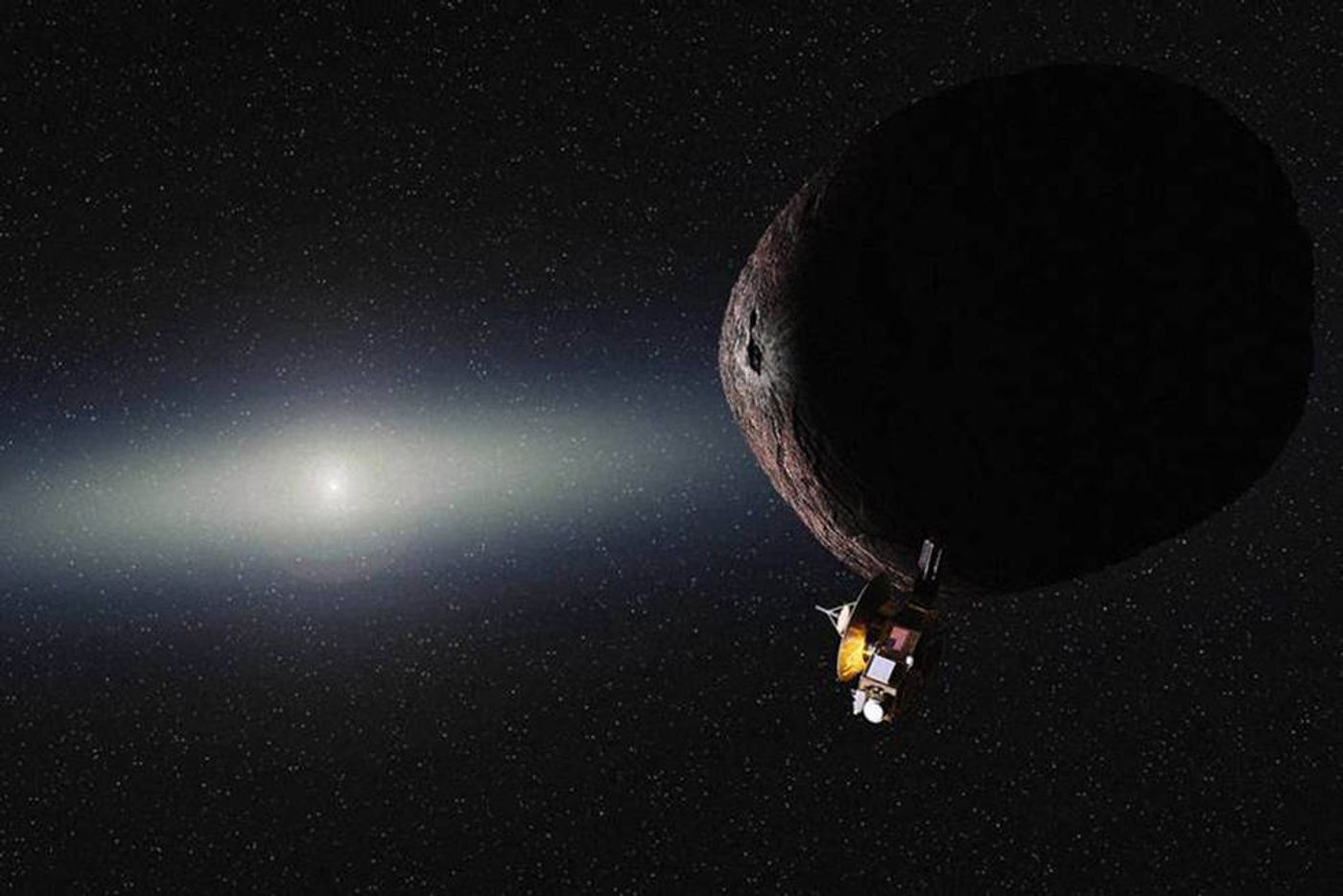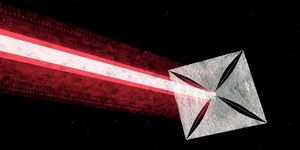New Horizons Team Rehearses for Upcoming Ultima Thule Flyby
NASA’s New Horizons spacecraft made history when it became the first spacecraft to fly past Pluto and capture stunning images of its surface in 2015. But after it moved beyond the dwarf planet, NASA identified a new target of interest: an icy body residing in the Kuiper Belt dubbed 2014 MU69, also known as Ultima Thule.
Image Credit: NASA
New Horizons has been rocketing toward its new target for a little more than three years now, and as of August, Ultima Thule is just barely visible from the spacecraft’s Long-Range Reconnaissance Imager (LORRI).
New Horizons is expected to fly past Ultima Thule on New Year’s Day, and while that’s still three whole months away as of this writing, that isn’t keeping mission scientists from practicing for the tango moment ahead of time.
The team spent three whole days rehearsing what to expect when New Horizons approaches the distant Kuiper Belt Object (KBO) for the first time, an important step considering we only have one chance to get this right.
During rehearsal, the scientists allegedly experimented with the same software they’ll use during the official flyby. The practice honed the team’s navigation and observation skills, simulating potential hazards to avoid catastrophic failure and training the team on how to orient New Horizons’ science equipment for optimal flyby results.
"This was our science team's final exam, and they passed it with flying colors—meaning we're ready for the Ultima flyby coming almost exactly 100 days from now!" said New Horizons Principal Investigator Alan Stern.
Related: New Horizons wakes up from a low-power state to prepare for its Ultima Thule encounter
The team is now prepared to handle whatever Ultima Thule throws at them, whether it’s a single object or a binary object as some theories have suggested. The training guided the scientists through what to do in both cases, aiding them in discerning the best possible approach to observing the KBO.
"New Horizons is already conducting humankind's first-ever close flyby of a small Kuiper Belt object, an incredible feat by itself," added Project Scientist Hal Weaver. "But If the real Ultima is half as cool as the one we simulated in this test, we're in for an even more amazing start to 2019!"
When New Horizons approaches Ultima Thule, humankind will get its first real glimpse at a KBO, and New Horizons will tell us more about its composition. It’s hoped that these critical details might explain more about the solar system’s formation, and how everything we know today came to be.
It should be interesting to watch these talented scientists apply what they’ve learned to the real flyby event on New Year’s Day. After all, some of us have been waiting a long time for this moment.
Source: NASA









